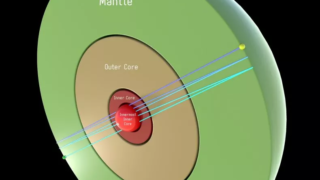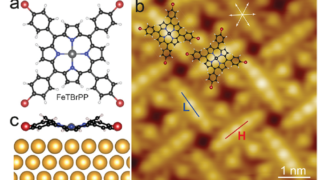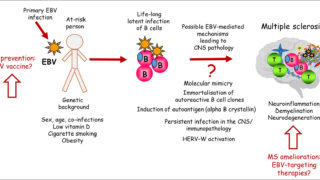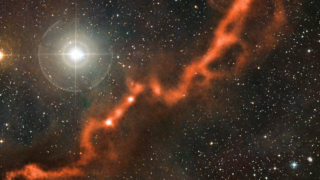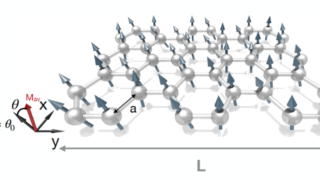
Extracting the stone of madness: the art of brain surgery in the Renaissance
madness Authors: Chiara Bressan, student of the European Master’s in Clinical Linguistics & Adrià Rofes, assistant professor of neurolinguistics at the University of Groningen Imagine yourself tied to a chair. You cannot move, you are fully conscious, and a strange individual behind you is about to carve into your skull. No, you are not an […]


